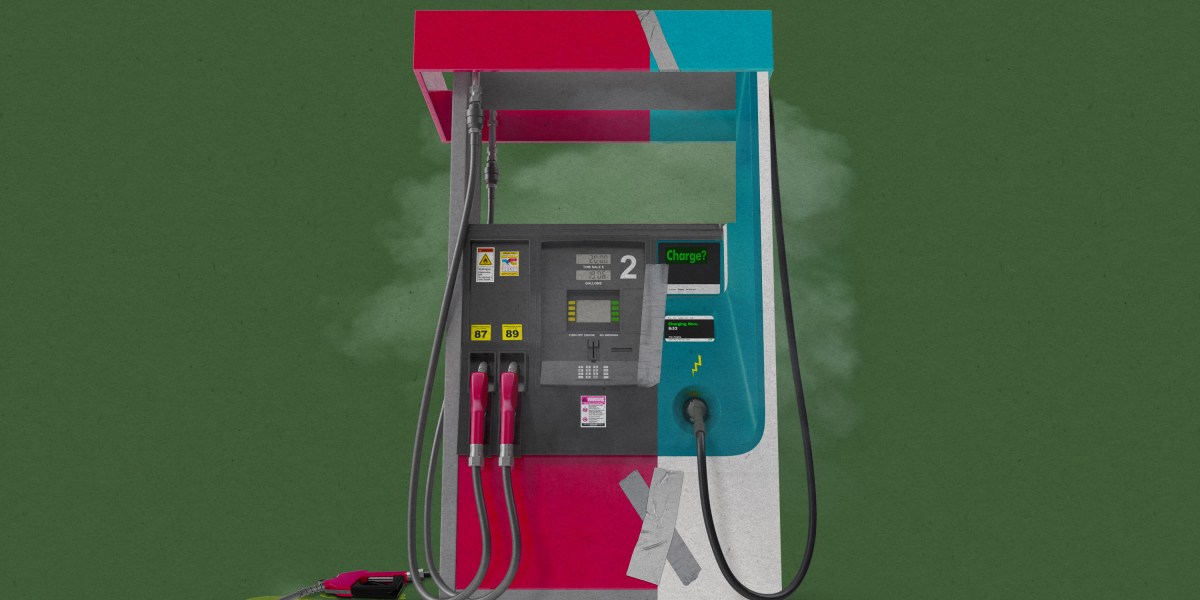The Download: the problem with plug-in hybrids, and China’s AI talent

Plug-in hybrids are supposed to be the best of both worlds—the convenience of a gas-powered car with the climate benefits of a battery electric vehicle. But new data suggests that some official figures severely underestimate the emissions they produce.
According to new real-world driving data from Europe, plug-in hybrids produce roughly 3.5 times the emissions official estimates suggest. The difference is largely linked to driver habits: people tend to charge plug-in hybrids and drive them in electric mode less than expected.
It’s important to close the gap between expectations and reality not only for individuals’ sake, but also to ensure that policies aimed at cutting emissions have the intended effects. Read the full story.
—Casey Crownhart
Four things you need to know about China’s AI talent pool
In 2019, MIT Technology Review covered a report that shined a light on how fast China’s AI talent pool was growing. Its main finding was pretty interesting: the number of elite AI scholars with Chinese origins had multiplied by 10 in the previous decade, but relatively few of them stayed in China for their work. The majority moved to the US.
Now the think tank behind the report has published an updated analysis, showing how the makeup of global AI talent has changed since—during a critical period when the industry has shifted significantly and become the hottest technology sector. Here are the four main things you need to know about the global AI talent landscape today.




